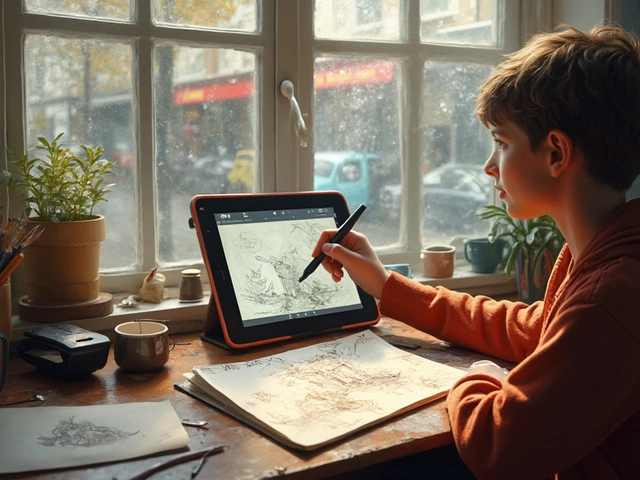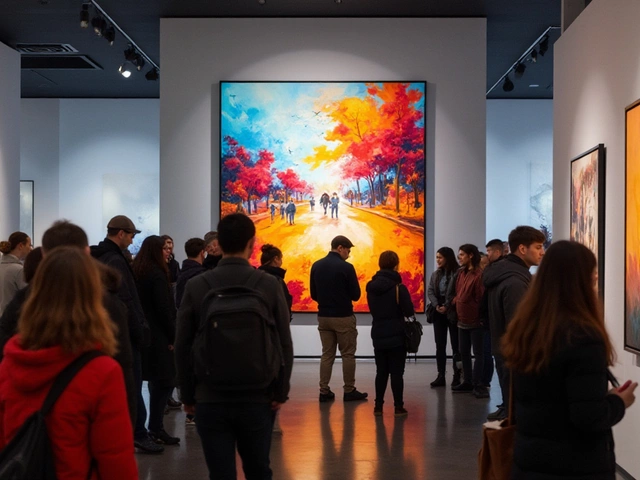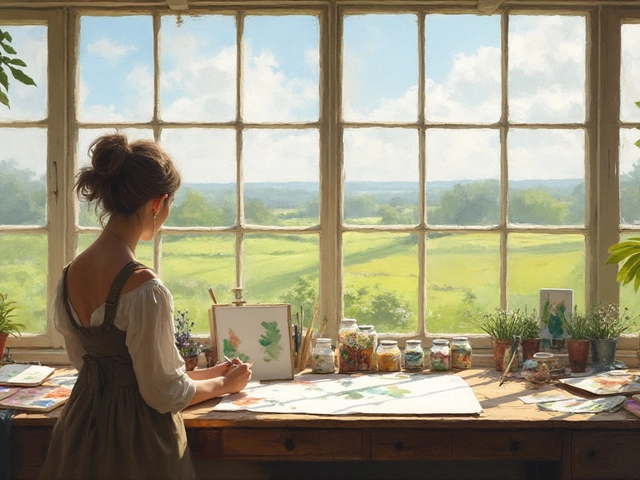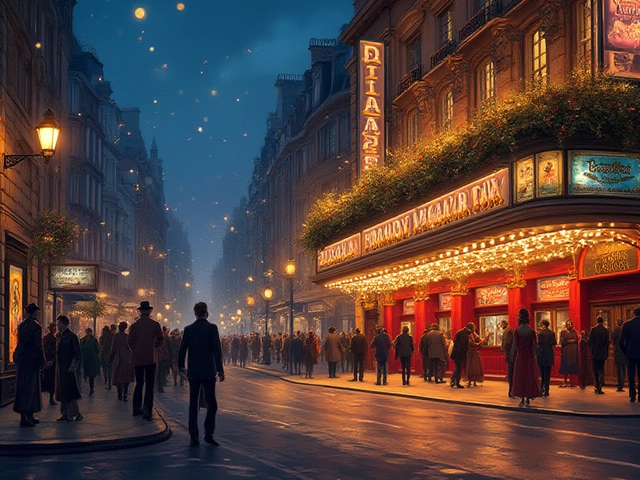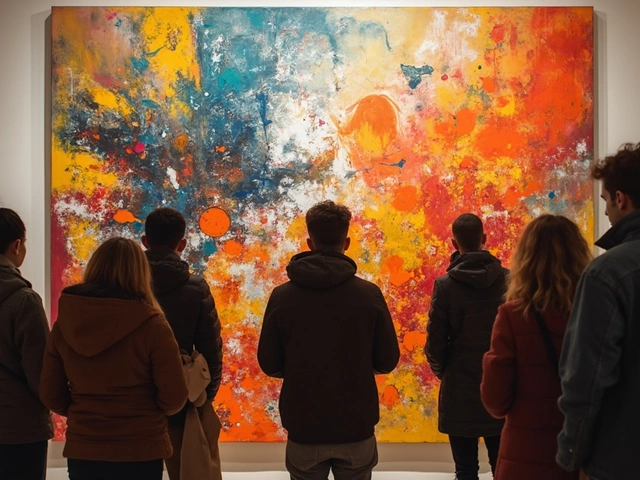Art Misconceptions: Debunking Common Myths in Modern, Abstract, Digital & Sculpture Art
When exploring art misconceptions, widely held but false ideas about what art is, how it works, and who creates it. Also known as art myths, it shapes public opinion and can limit appreciation. A major source of confusion is abstract art, non‑representational work that emphasizes color, shape and emotion over realistic detail. Many assume it’s just random splashes, yet artists follow subtle compositional rules. Similarly, modern art, the movement that broke with tradition in the late 19th and early 20th centuries is often dismissed as “anything goes,” when in fact it reflects specific philosophies and reactions to society. Understanding these concepts helps dismantle the myth that art has no meaning or standards.
Key Areas Where Myths Take Hold
One persistent myth claims that digital art, creations made using software and electronic tools cannot be “real” art because it’s made on a screen. In reality, the medium expands the artist’s toolkit and has spawned entire economies, from NFTs to print sales. Another common misunderstanding is that sculpture, three‑dimensional work carved, cast or assembled from various materials is only about stone or marble; today sculptors use everything from recycled plastics to virtual reality. Both digital and sculptural practices follow creative principles, client expectations, and market dynamics, debunking the idea that they’re merely hobbies or gimmicks.
These misconceptions create a chain reaction: if people believe art is meaningless, they’re less likely to support artists, attend exhibitions, or invest in education. The belief that "anyone can draw" also undervalues the years of practice behind a skilled illustrator or painter. By clarifying that abstract and modern works rely on visual language, that digital artists can earn a living, and that sculptors master material science, we restore respect for the craft. This connection—art misconceptions influence public support, which in turn affects artist livelihoods—highlights why accurate information matters.
Across the collection below you’ll find practical guides that tackle these myths head‑on. From a step‑by‑step look at how digital creators monetize their work, to a deep dive into the hidden rules of abstract painting, each article offers concrete examples, real‑world data and actionable tips. Whether you’re a beginner questioning if you can start an oil painting, a seasoned creator curious about the latest NFT trends, or a casual visitor wanting to appreciate a sculpture’s technique, the posts cover the full spectrum of “art misconceptions” and provide the facts you need.
Ready to separate fact from fiction? Browse the articles to see how each misconception is unpacked, learn the true principles behind each art form, and walk away with a clearer, more confident view of the art world around you.
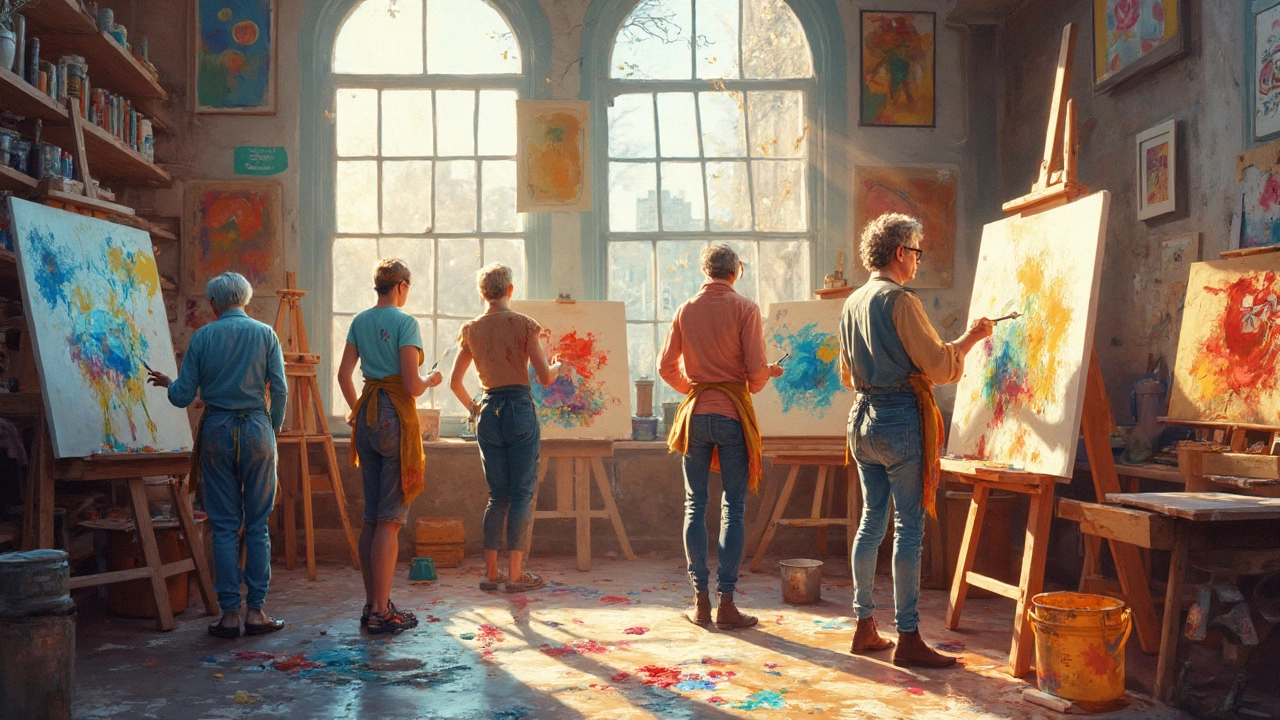
This article digs into whether anyone can become an abstract artist, breaking down the realities and myths of the field. You'll find practical advice, fun facts, and a look at what really sets abstract art apart. Whether you're thinking of picking up a paintbrush or just curious, you'll get plenty of tips and real talk about what it takes. The article covers what makes abstract art special and who gets to call themselves an abstract artist. Expect straight answers and hands-on suggestions for getting started.
